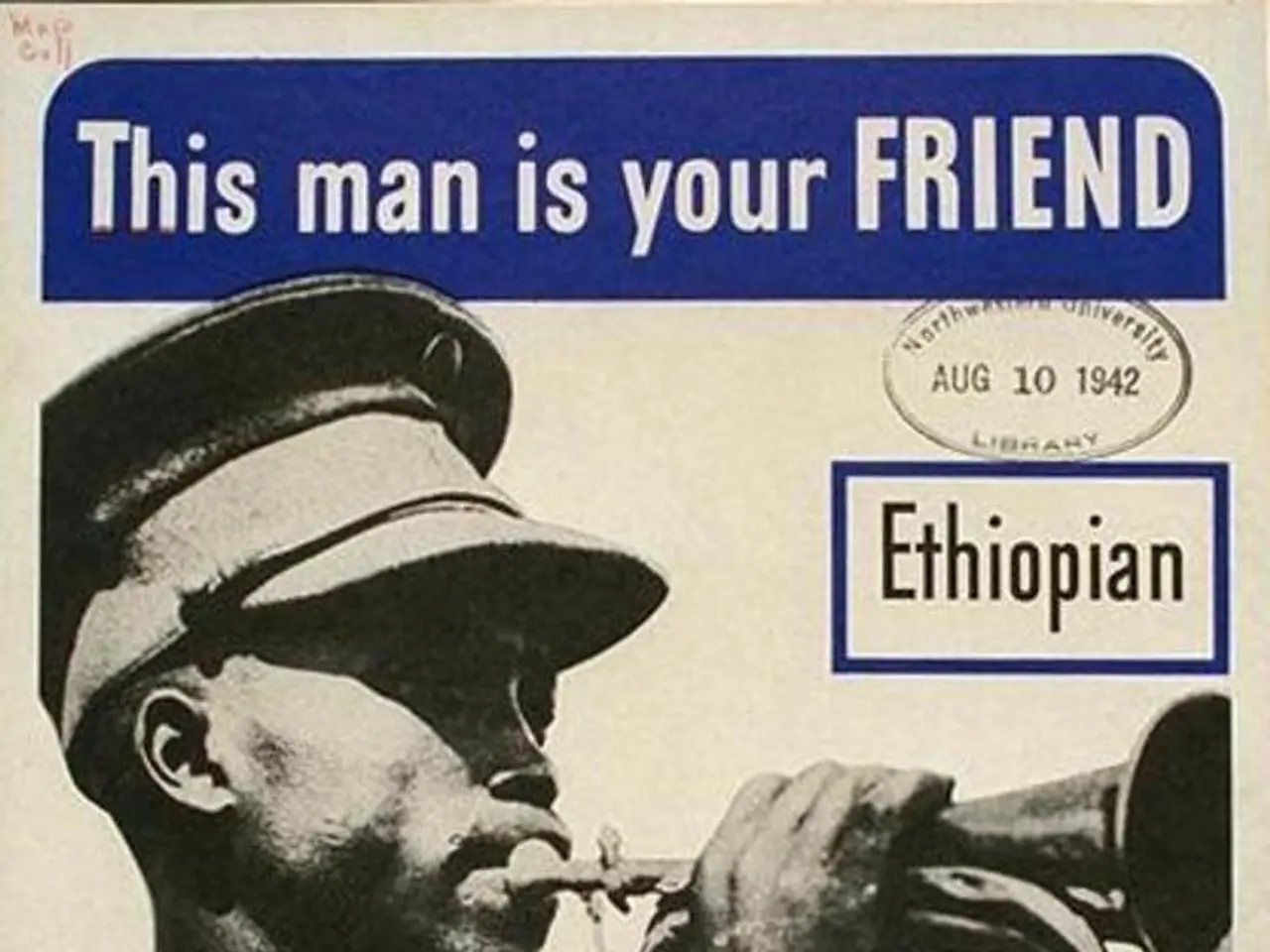Steps for Escaping an Abusive Romantic Situation
In an abusive relationship, safety and independence are crucial elements for survival and recovery. Here's a comprehensive guide on how to safely and effectively leave an abusive relationship.
Safety Planning is the first step towards a safer future. This involves preparing for potential danger by identifying safe places to go, packing emergency bags, memorizing important phone numbers, and planning how to quickly leave if necessary. Safety planning addresses staying safe at home, work, or public places and can include steps like informing trusted people or having a code word for help [1][3].
Legal Advice plays a significant role in leaving an abusive relationship. Seek advice from legal professionals or domestic violence advocates to help with creating cases to keep the abuser away, navigating custody or housing issues, and understanding your rights [2][3]. Don't forget to document abuse injuries with medical examinations, and involve law enforcement when needed [2].
Financial Independence is vital as many people stay in abusive relationships due to economic dependence. Strategies include saving money secretly, seeking employment or job training, applying for benefits, and connecting with organizations that provide financial assistance and housing [4].
Support Resources like domestic violence hotlines, shelters, counseling, and therapy offer emotional support and practical help. Therapy, including online options, can validate survivors’ experiences, help with mental health recovery, and affirm decisions to leave [2][4]. Crisis centers and domestic violence specialists provide guidance tailored to individual needs [4].
Combining these components maximizes safety and the chance for lasting independence and recovery. Survivors are encouraged to take steps at their own pace and celebrate progress while accessing professional support to navigate this challenging transition [4].
Remember, leaving an abusive relationship requires time, resources, and a plan. It may take an average of seven attempts for someone to leave an abusive relationship [5]. Building a safety network, stashing cash, getting a job, and telling medical professionals about the abuse are all steps towards financial independence and recovery [4][5].
Privacy is essential for personal safety in the lead-up to leaving and afterward. Protect your privacy by changing all passwords, opening a new email account, locking down social media accounts, and not telling anyone about the plan to leave unless they are fully supportive of the decision [6].
Help is available for individuals in abusive relationships. The National Domestic Violence Hotline can be contacted 24/7 via phone or text [7]. Domesticshelters.org can help locate local shelters and create escape plans [8].
In addition to these resources, organisations such as Rape, Abuse, and Incest National Network (RAINN), The National Domestic Abuse Helpline, Safe Horizon, and Crisis Textline are also available to help people in abusive relationships [9].
Sources:
[1] https://www.thehotline.org/resources/safety-planning/
[2] https://www.rainn.org/articles/what-is-legal-advocacy
[3] https://www.thehotline.org/resources/safety-planning/
[4] https://www.thehotline.org/resources/leaving-an-abusive-relationship/
[5] https://www.thehotline.org/resources/leaving-an-abusive-relationship/
[6] https://www.thehotline.org/resources/leaving-an-abusive-relationship/
[7] https://www.thehotline.org/
[8] https://www.domesticshelters.org/
[9] https://www.rainn.org/
- Emotional support and mental health recovery can be found through therapy, which is an essential part of the health-and-wellness journey for survivors of abusive relationships.
- A comprehensive understanding of family dynamics and personal growth is vital for rebuilding one's life after leaving an abusive relationship, as it helps in making informed decisions about relationships and future relationships.
- Education and self-development resources, such as workshops and online courses, can empower individuals to gain more knowledge about mental health, lifestyle management, and domestic violence prevention – key aspects of womens-health and mens-health.
- In theffort to rebuild a life after an abusive relationship, it's crucial to focus on improved lifestyle habits and self-care, which can contribute positively to overall health-and-wellness and promote personal growth.
- A well-rounded guide to independent living after leaving an abusive relationship should include advice on family dynamics, education, self-development, and lifestyle management, as all play a significant role in fostering a healthy and positive future.




